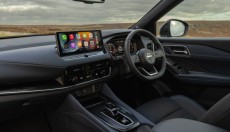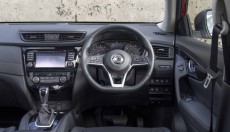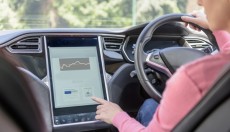The ability to charge an electric vehicle to a 400-km range in just 5 minutes represents a significant shift in EV technology with advanced semiconductor technology. BYD's Super e Platform achieved this through its newly developed car-grade silicon carbide (SiC) power chips. These chips are rated for 1,500-V operation, essential for supporting the platform's 1,000-V architecture and enabling megawatt-level charging capabilities.
While Ron (on-resistance) is a critical factor in evaluating SiC...
AutoTechInsight

























































































